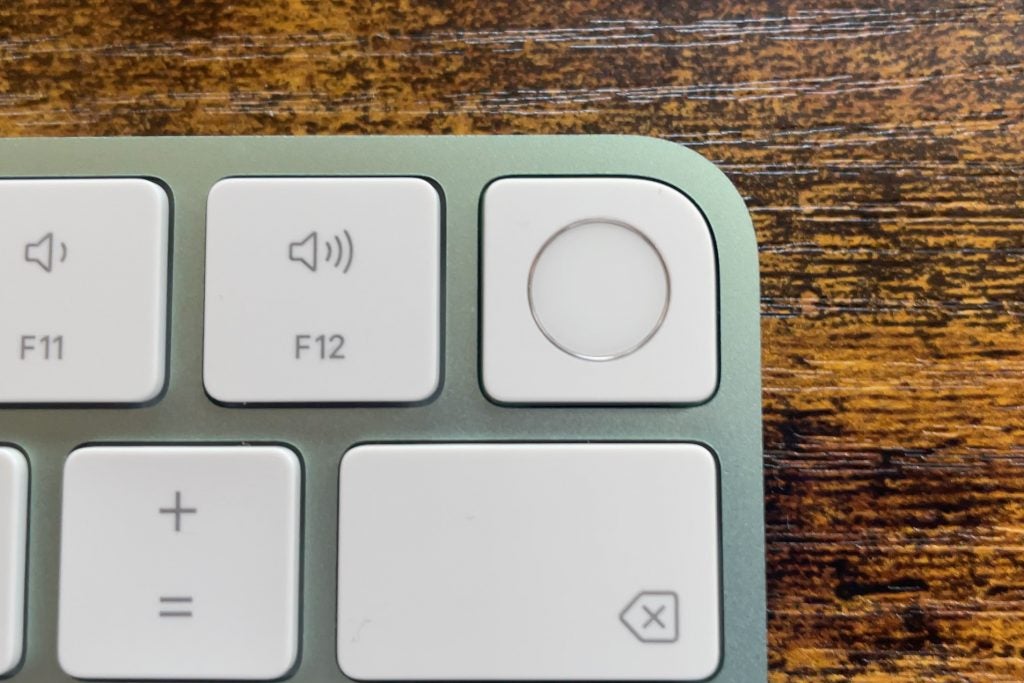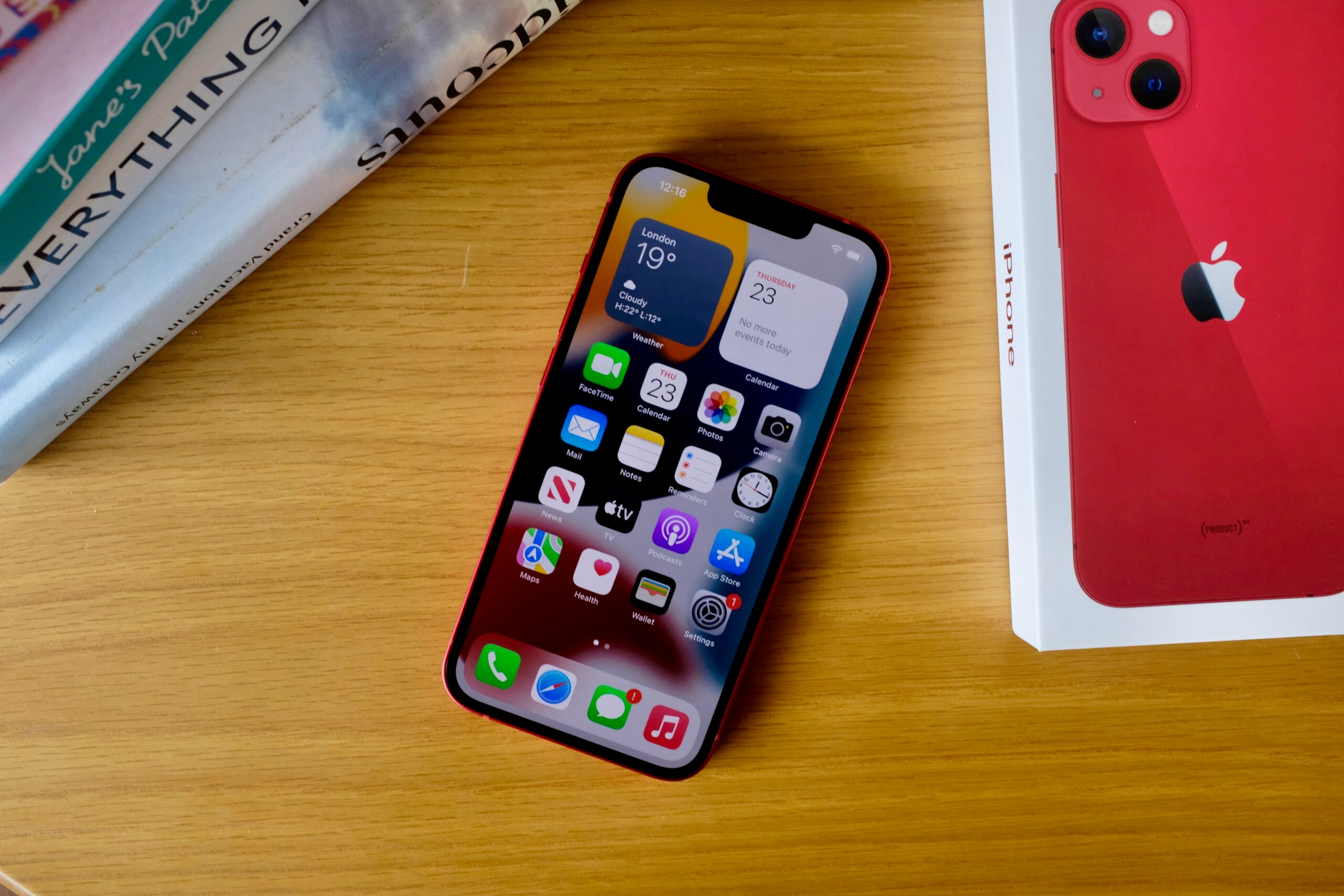Forget tinkering with Face ID, iPhone 13 needed in-display Touch ID

OPINION: Reports suggest the iPhone 13 will skip under-display Touch ID tech in favour of a revamped mask-friendly Face ID system. If true, Apple has its priorities wrong.
In my opinion, it’s beyond time for Apple to reinstate Touch ID fingerprint sensing technology to the flagship iPhone range; this time beneath the display.
So, it’s disappointing to hear the latest iPhone 13 rumours suggest Apple has, once again, placed the inclusion of ultra-sonic technology on the back burner – perhaps permanently.
According to Bloomberg’s ultra-reliable Apple reporter Mark Gurman, the return of Touch ID is not the end goal for Apple as it chases an in-display camera array and an end to the notch design. Further reports this week – from noted leaker Jon Prosser – claim Face ID will be enhanced to account for masks and fogged-up glasses?
In my view, there’s no reason we can’t have all of the above and there’s no reason we couldn’t have had it within weeks.
Touch ID has always been massively convenient. I miss having my phone face up on my desk and holding a digit on the surface to unlock it. Face ID is great and works excellently, but I understand why people are loth to leave behind the iPhone SE range because of this. There are times when using a digit just makes more sense, not least when you’re wearing a face covering.
Masking the issues
Unlocking an iPhone and using services like Apple Pay has become much more problematic over the last 18 months. Unfortunately, masks are very much part of our short-term future, and perhaps beyond. That’s not Apple’s fault. What the company can control is how to dispel and simplify those issues for people.
One way is the rumoured broadening of Face ID to enable it to work even when users are wearing masks. Apple Watch users have access to a workaround already, but a report from John Prosser claims Apple is testing a slimmer Face ID hardware array (purported test iPhone 12 attachment shown in mock-up below), which will expand the situations in which Face ID can work.

It’s not known yet whether the inability for the sensor array to fully see the iPhone owner’s nose and mouth will have an impact on Face ID’s security. It’s not known how Apple plans to make it work in these instances if that’s the case. It’s difficult to imagine Apple compromising user security in this instance but it’s difficult to know how Face ID can be as effective when so much of the face is obscured. Perhaps Apple will explain during the iPhone 13 launch event?
Although still very much a rumour at this stage, this would be the biggest change to Face ID since Apple introduced it with the iPhone X in 2017. However, if I had to choose, I’d stick with the current Face ID system and add Touch ID back into the mix. Surely two secure options are better than one?

Android phone manufacturers have had under-display sensors in their phones for more than three years now. Vivo first managed it in 2018, while the likes of Samsung and OnePlus have helped to refine the tech since.
While some implementations are better examples than others; under-display fingerprint sensors work well and do so without adding girth to the smartphones. They may not be as fast as the physical fingerprint sensors, but they work and are really convenient.
We know Apple still values Touch ID as a technology, as it’s spent the last few years adding the physical sensors to Macs and Mac keyboards (above). The release of the iPhone SE 2020 is an acknowledgement there are still large sections of the iPhone-buying public that prefer it.
Playing the long game?
We know from the past that Apple as much as Apple loves to innovate with first-to-market features, it often holds off longer than competitors, rather than jumping in with an incomplete or unreliable solution to a problem. When those features eventually arrive, Apple tends to implement it better than most and it’s often worth the wait.
Sometimes, it seems, Apple delays adding features in order to build up anticipation among users seeking the tech and make a splash when they finally arrives. You only have to look at Apple being the last major manufacturer to add 5G modems, and the continued presence of the ‘notch’ as evidence of that.
However, in this instance, the need is a little more pressing. If Apple has decided against including Touch ID this time around – a decision that would have been made many months ago if true – it has missed an opportunity to make life easier for anyone snapping up an iPhone 13.





